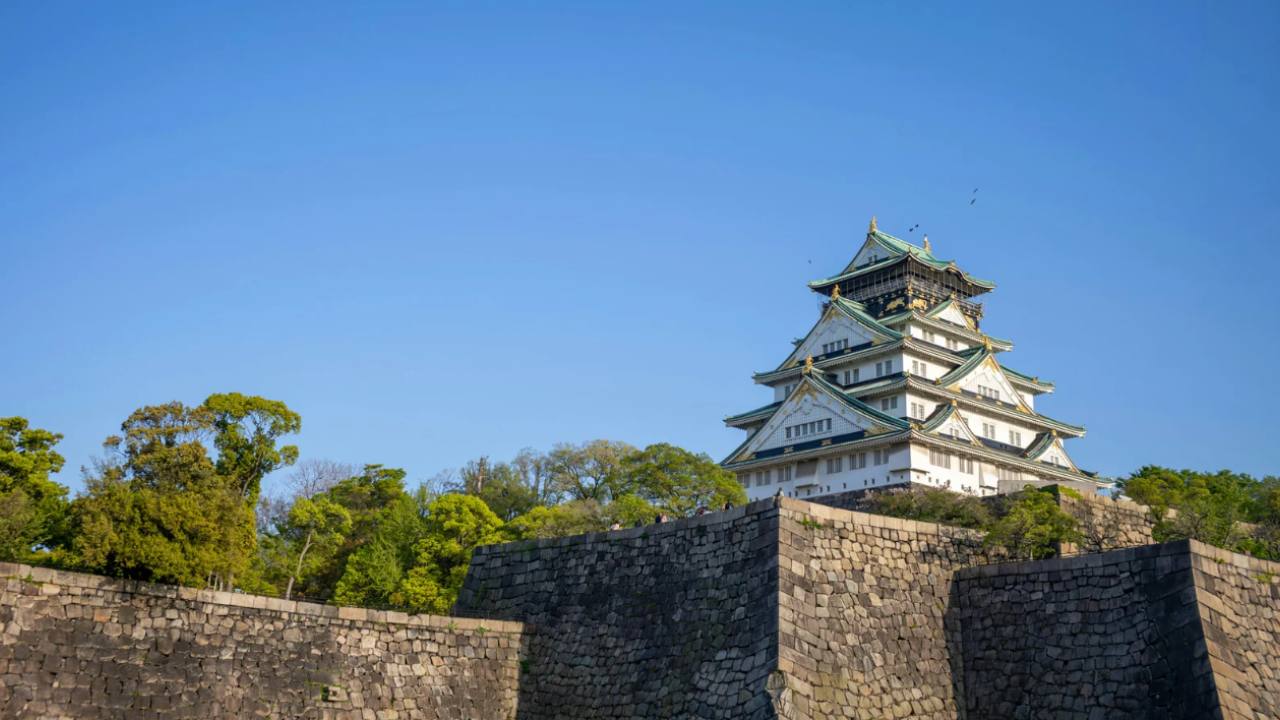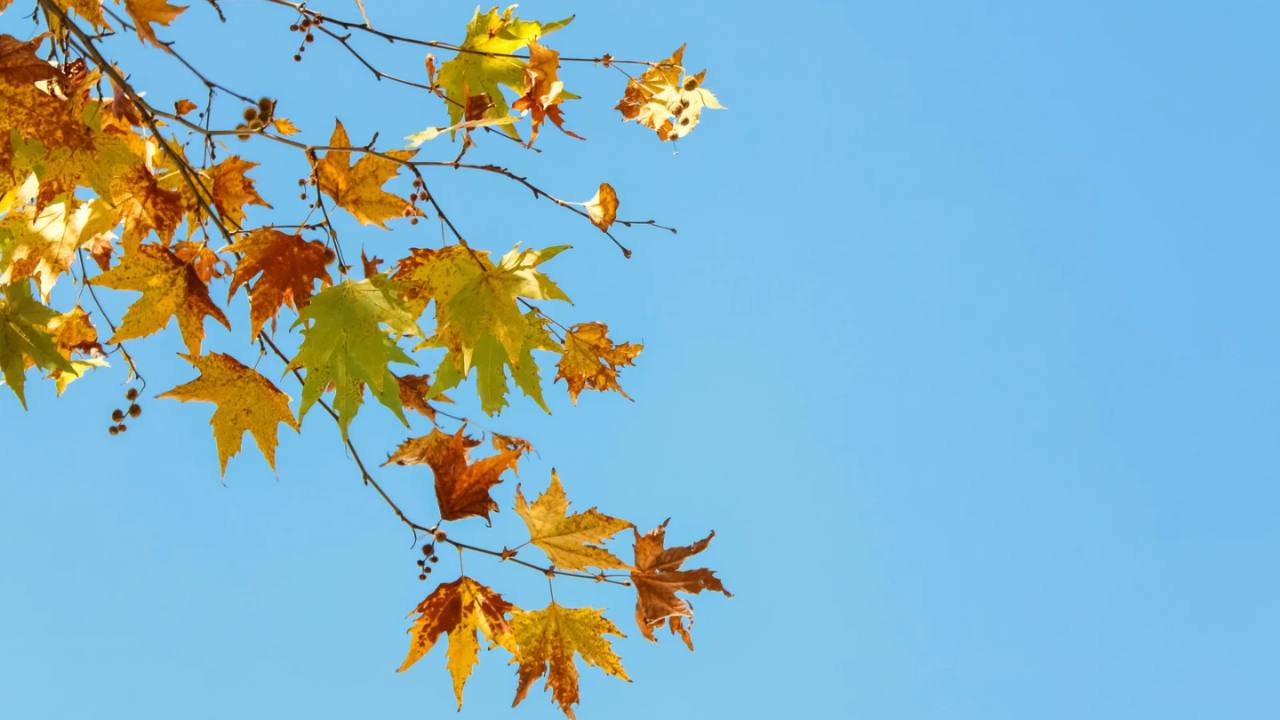仏教と神道の違い/The differences between Buddhism and Shinto
こんにちは。いろはです。
今日は、仏教と神道の違いについて、とても個人的な感想をお話ししたいと思います。
Hello, this is Iroha.
Today, I’d like to share a very personal reflection on the differences between Buddhism and Shinto.
日本にもともと存在していた宗教としては、神道が先に日本にありました。日本の八百万の神様たちのことです。仏教は、インド、中国、朝鮮半島を経て、6世紀ごろに日本にやってきたと言われています。
Shinto is considered the native religion of Japan. It’s the belief in countless deities known as yaoyorozu no kami—the eight million gods. Buddhism, on the other hand, came later, introduced to Japan around the 6th century after travelling from India through China and the Korean Peninsula.
当時の日本人は日本古来の神道への信仰も厚かったのですが、何人もの天皇が仏教の普及に力を入れたため、徐々に日本にも浸透していきました。
At the time, people had a deep-rooted faith in Shinto, but several emperors actively promoted Buddhism, and over time it took hold in Japan.
実のところ、1000年以上の長い歴史の中で、神道と仏教は非常に近い存在になっており、仏教のお寺の中に神道の鳥居が立っていたり、時にはお寺で修行していた人が神社で神主になったり、といったことまで起きています。
In fact, over the course of more than a thousand years, Buddhism and Shinto have become closely intertwined. You can find Shinto torii gates standing within Buddhist temple grounds, or even people who once trained as Buddhist monks later serving as Shinto priests. It’s not uncommon.
皆さんも観光をしていて、お寺を見に行っているのか、神社を見ているのか、わからなくなったりする時がありませんか?実際、非常に似ていたり、近いところに存在しているのです。
If you’ve ever visited Japan, you might have found yourself wondering whether you’re looking at a shrine or a temple—it’s understandable. They often resemble each other or stand close together.
日本人はどちらも受け入れており、生活の中に溶け込んでいます。困った時には手を合わせて「ああ神様、仏様」とどちらにもお願いしている、という場面もあります。
For Japanese people, both religions are accepted and naturally woven into daily life. In times of trouble, we might join our hands and pray, saying “Dear gods, dear Buddhas,” calling upon both at once.
ここからはとても個人的な私の感想なのですが、先日「やはり仏教はもともと外来の宗教で、神道は日本の神様なんだな」と思うことがあり、興味深かったので、皆さんにもお話ししたいと思います。
Now, if I may share a very personal impression...
先日奈良の明日香村の方へ行ってたくさんの仏像を見てきました。日本の中でもかなり古い時代の仏像です。元来の仏教の教えを色濃く伝えている、そんな雰囲気がありました。
とても感動したのですが、たくさん見ていると少し疲れました。教えを受ける、というのはとても大きな影響力があります。仏像を前に気持ちを新たにする、そんな気持ちになります。
The other day, I visited Asuka Village in Nara and saw many ancient Buddhist statues—some of the oldest in Japan. They carried the weight and solemnity of Buddhism’s original teachings. I was deeply moved. But after seeing so many, I also began to feel a little tired. Being in the presence of teachings so strong and profound requires a kind of mental readiness—it can feel like being gently but firmly guided into reflection.
その後、近くにあった神社に寄ったのです。古い神社ですが、あまり観光客も来ないような神社で、ひっそりと林の中に存在していました。鳥居をくぐって長い階段を登り、木々の中に佇むお社を眺めていると、サワサワと木の間を風が通り抜けていきました。ああ、ここに神様がいるな、そんな気配がしました。
Later, I stopped by a small shrine nearby. It was an old shrine, not often visited by tourists, quietly nestled in the woods. I passed under the torii gate, climbed a long set of steps, and looked at the small wooden shrine building standing among the trees. A breeze rustled gently through the leaves, and in that moment, I felt the presence of a god.
その時に、ああやっぱり日本の神様はこんな風に存在しているのだな、と思いました。像もない、立派な神殿もない、ただ木でできた質素なお社の奥に、そして木々の間に、空や地面、至る所に、存在している。
That’s when it struck me—this is how the native gods of Japan exist. No statues, no grand halls. Just a humble wooden shrine tucked into the forest. And beyond that, the sky, the earth, the trees—all of it holds the presence of something sacred.
それが日本なんだなあ、とそんな感想を持ちました。日本人が季節を大事にし、自然を大事に観察しているのは、もともと日本という国が、自然と神様と人間と、一緒になって生きてきたからなんだなあ、と体感したような気がします。
I felt, once again, that this is Japan. Perhaps it’s because of this deep, spiritual closeness between nature and human life that Japanese people value the seasons so much, and observe the natural world so carefully. It’s not just appreciation—it’s a way of living together with nature, the gods, and ourselves.
とても個人的な感想です。仏教もとても大事な教えをたくさん日本にもたらしています。ただ、直感のように、神道について感じたことを今日は書いてみました。
This is, of course, a very personal reflection. Buddhism has also brought many invaluable teachings to Japan. But today, I wanted to share this intuitive sense I had—the feeling of what Shinto means to me.






Responses